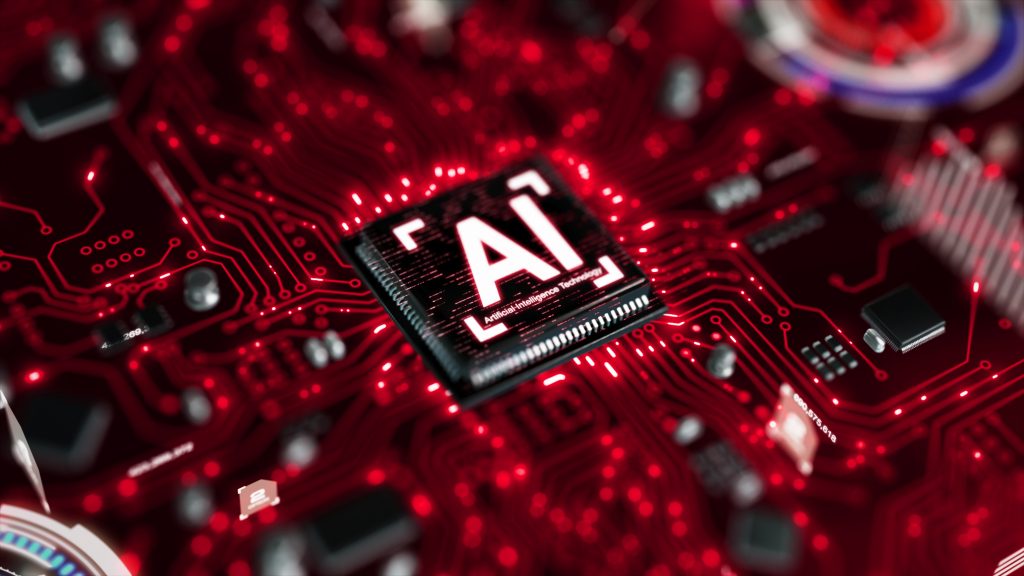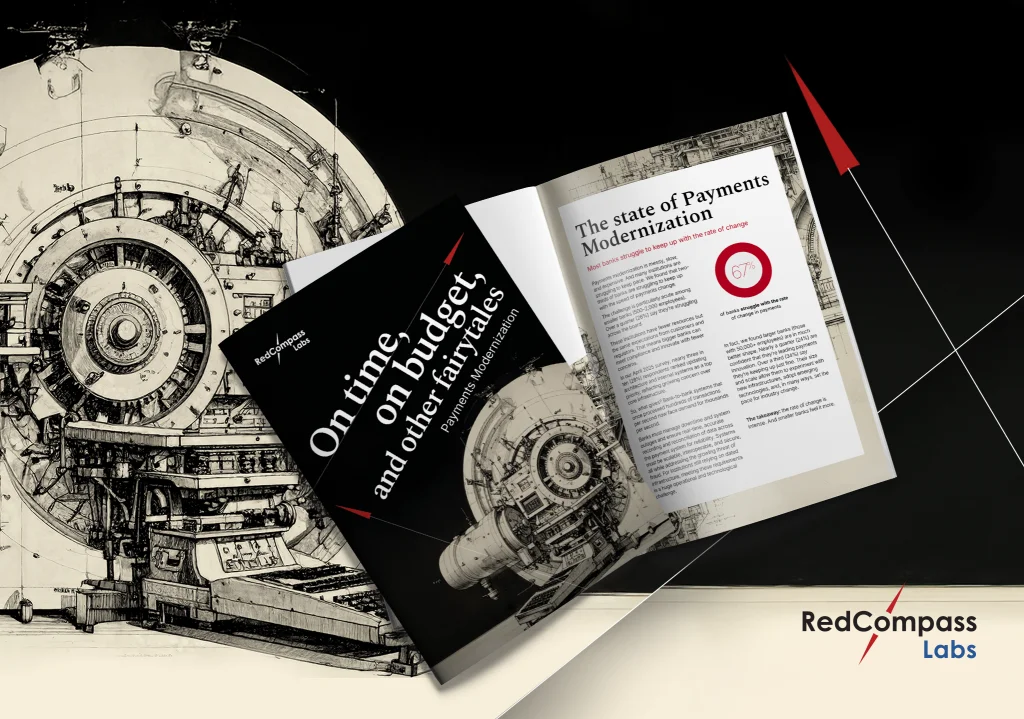Back in the 1970s, the world was told the silicon chip would revolutionize everyday life. Nothing changed in the beginning, and then everything changed.
At the height of the dot-com boom, every other billboard promoted a website promising instant delivery and endless possibilities. The market crashed. People doubted the internet’s potential. Then it changed everything.
However big we think AI is now, whatever happens with market valuations for Big Tech in the short term, however long it takes to impact our lives, soon it will change everything.
AI will amplify expertise as the mundane is reduced, enabling us to do much more with much less. It used to take an entire village a day to harvest a crop; now it takes one person with a machine. AI will be no less radical. It will probably be more.
What does this mean for payments?
AI is not just about chatbots for customers or the reduction in false positives for fraud. AI means we can gather every piece of information we have about payments that has ever existed: every industry report, every piece of regulation, every internal email, chat, and conversation about a technical implementation. With AI, we can gather it and apply it to solve our biggest payment problems.
Instant payments are going to change the world. The benefits are starting to trickle through. But why are tools that we know will reduce instant payment fraud taking so long to roll out? Why don’t we see earned-wage access schemes in every organization? Why are companies still holding onto their workers’ pay for a month? Why can’t we choose if we get paid into a bank account, prepaid card, or wallet?
Maybe it’s due to the time it takes to implement new changes to payment rails, or the complexity of interoperability and a lack of regulatory pressure. But really, it’s because banks can’t keep up with the rate of change. They’re slow. They need a whole village to do the work of one or two people.
We ask our banks to innovate to make payments easier and faster, but we want our payments, checking accounts, and online banking for free. Pushed by regulators and clients, banks try to keep pace by offering the minimum. Some offer inbound payments without outbound payments; they comply with regulations without innovating; they move a village’s worth of work abroad for cheaper labor but then struggle to maintain quality. It doesn’t solve the problem.
All the while, the biggest global banks accelerate away into the distance. They use their scale to develop new services at a cost even the largest US, European, and Asian regional banks can’t match. From a process, skill, and expertise point of view, innovation and power are being gathered by a few players who are widening an already significant gap.
But AI can help close it. With AI, we can more than double output and maintain costs, or we can more than maintain output and halve costs. It’s our choice.
If you don’t embrace AI in the payment transformation space, you will face bigger costs and slower change than those you are competing with.
But if you leverage the billions invested in AI, use the available tools, and gather industry knowledge, you have a chance to keep up with the rate of change.
What’s stopping most banks? The banks themselves. Internal governance, trust, and a misunderstanding of risk. By being risk-averse in areas such as AI, banks are creating existential issues for themselves further down the line. The ones that can adjust to take advantage of this opportunity will be the ones that succeed.
Large language models do not have to be tuned for speed; they can be tuned for accuracy. Documents can be checked, reviewed, and published by AI agents, then signed off by people. Multi-agent AI models work 24/7 while the workers they are assigned to sleep and spend their time on other tasks, free from the mundanity of manual work. The workers check back in to review, approve, and reassign jobs to the agents. The productivity and time benefits are enormous.
But to access the full extent of these benefits in the payments world, we need to apply AI to a very specific problem: instant and cross-border payments. Innovation and projects are held up because banks can’t get through their workload fast enough. AI can help.
Whatever your opinion of AI today, its impact may be far less than the hype in the short term, but it will be far more than you can imagine in the medium term. There is no going back.
The rate of change in payments has never been this fast and will never be this slow again. It’s time to get up to speed.
AI: The future of payments modernization?
In August 2024, we asked 200 senior payments professionals at EU and US banks about their approach to generative AI in payments. The report reveals how banks plan to use AI for upcoming payments modernization such as instant payments and ISO, their biggest challenges and concerns in doing so, and how they foresee AI will impact headcount.
Unlock the insights that will shape your AI strategy for the future of payments.
Share this post
Written by

RedCompass Labs
You may also like
Resource
AI in Payments Modernization report
Unlock the insights that will shape your AI strategy for the future of payments
Download nowResources






